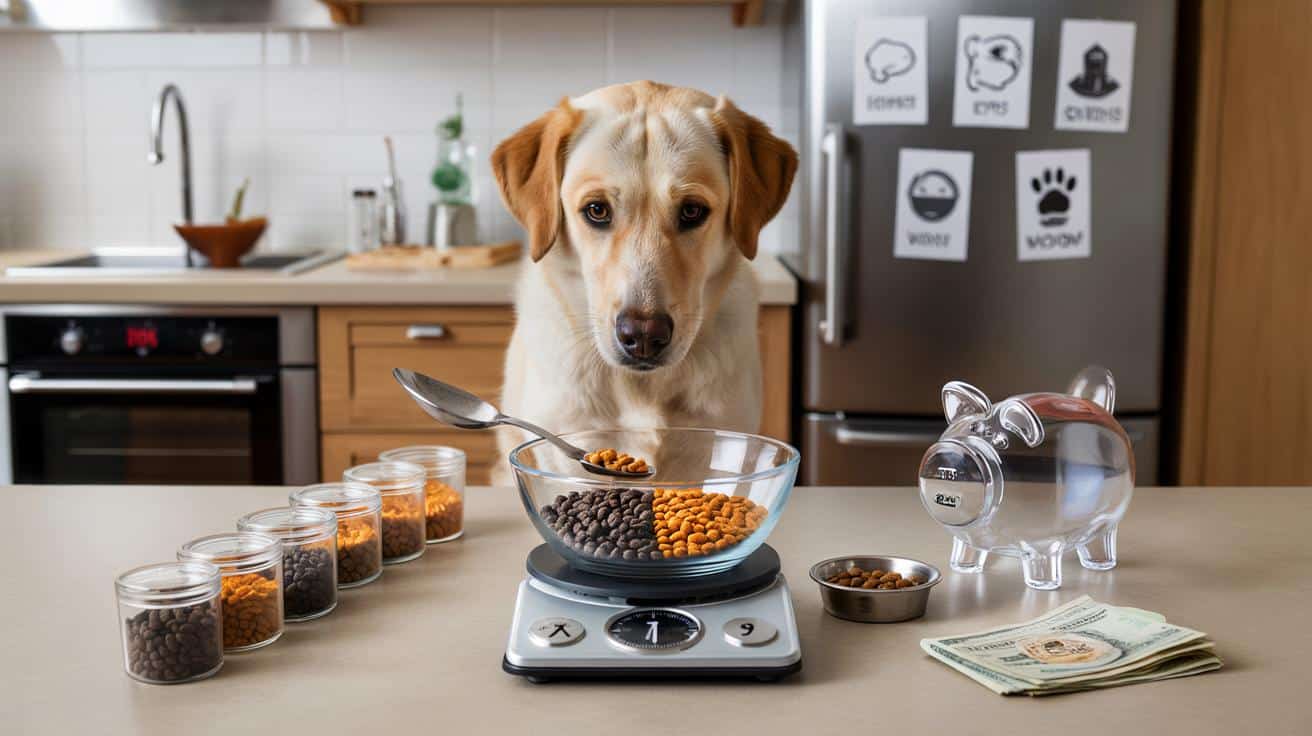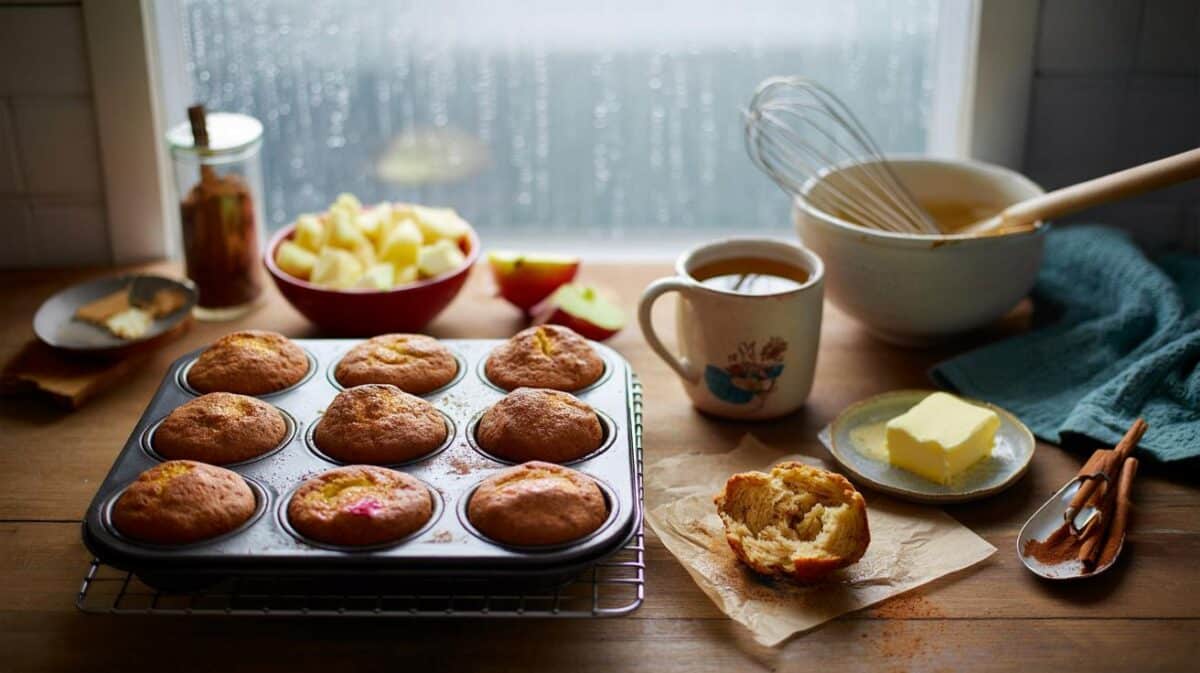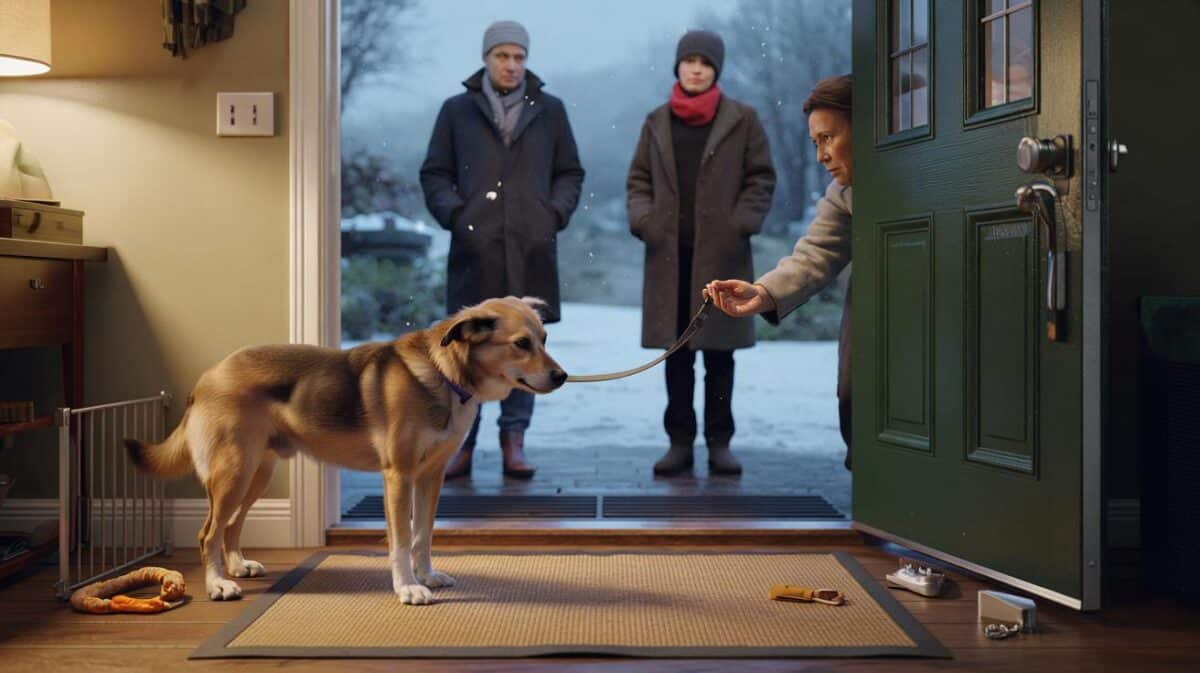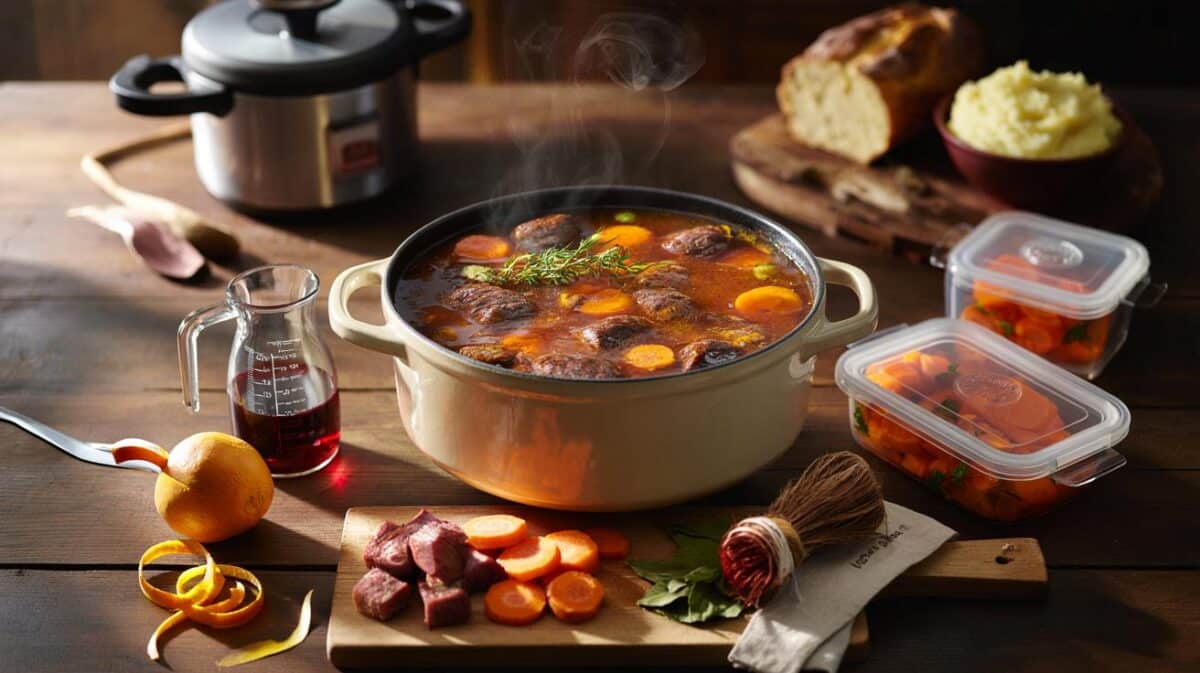Small changes feel kind. Stomachs don’t always agree.
Across Britain, vets see a seasonal rise in upset tummies as owners rotate kibbles, tins and treats. The canine gut thrives on familiar recipes and steady routines. Sudden pivots can unsettle the microbiome and send you reaching for carpet cleaner and a card machine.
Why sudden switches rattle a dog’s gut
Dogs digest differently from people. Their gut bacteria adapt to a set of ingredients and processing methods. Flip those inputs overnight and the gut community shifts fast, letting gas build, stools loosen and appetite wobble. A bowl that changes with every special offer teaches the intestine nothing reliable.
Rapid rotation of dog foods can disrupt gut balance within 48 hours, triggering soft stools, wind and on–off vomiting.
What your dog’s gut expects
Consistency gives the digestive tract a narrow range of proteins, starches and fats to handle. Enzymes and bacteria settle into a groove. When a recipe changes, the gut needs time to recalibrate. That timetable looks more like days and weeks than hours.
Signs you should not ignore
The body speaks before trouble escalates. Watch for these early warnings during or after a change:
- Loose or watery faeces over 24–48 hours
- Small vomiting episodes or repeated retching
- Excess wind, abdominal gurgling or bloating
- Reluctance to finish meals or skipping breakfast
- Scratching, ear shaking or paw chewing alongside gut signs
If stools soften, pause at the current mix for 48 hours or step one stage back. Speed rarely helps a sensitive gut.
Find a rhythm that protects digestion
Two variables matter most: how you transition and how often you switch. Both shape the stability of the gut flora.
The 7–10 day transition that works
Blend old and new gradually. Most dogs cope well with a 7–10 day step‑down. Extend to 14 days for sensitive stomachs, small breeds or winter changes.
| Day | Old food | New food | Notes |
|---|---|---|---|
| 1–2 | 80% | 20% | Check stools and appetite |
| 3–4 | 70% | 30% | Keep water topped up |
| 5–6 | 50% | 50% | Add fibre if stools soften |
| 7–8 | 30% | 70% | Maintain feeding times |
| 9–10 | 10% | 90% | Slow down if wind increases |
| 11+ | 0% | 100% | Monitor for 7 more days |
How often can you change without trouble
Frequent pivots invite chaos. Leave several weeks between changes so the gut can settle and your dog can show you how they truly do on a diet.
Aim for at least 6–8 weeks on a recipe before you judge it or switch again, unless your vet advises otherwise.
Resist swapping due to discounts or flavours alone. A steady bowl often means steadier walks, fewer messes and calmer nights.
Build a calm, repeatable routine
Small daily habits reduce stress on digestion and behaviour.
Daily habits with outsized benefits
- Serve meals at the same times each day to prime the gut’s rhythm
- Offer fresh water in a clean bowl; hydration supports stool quality
- Limit rich scraps and surprise treats that crowd out balanced meals
- Measure portions with scales for accuracy across recipes
- Log stool consistency using a 1–7 scale; aim for 2–3 most days
When change makes sense
Not every switch stems from curiosity. Some are sensible and timely.
Good reasons to pick a new recipe
- Life stage shifts (puppy to adult, adult to senior)
- Weight management needs or altered activity levels
- Recurrent ear or skin problems linked to likely food triggers
- Veterinary advice following pancreatitis or sensitive stomach history
- Supply issues that force a brand or protein swap
Ways to support the gut during transition
- Add gentle fibre (a teaspoon of plain psyllium for medium dogs) for 3–5 days
- Use a simple probiotic or live yoghurt in tiny amounts if tolerated
- Split the daily ration into two or three smaller meals
- Keep exercise steady; massive swings in activity can affect stools
- Warm the food slightly in winter to boost aroma and appetite
Change one variable at a time: if you alter brand, hold flavour, feeding time and treat routine steady.
Money, mess and minutes: the real‑world trade‑offs
Upset stomachs cost time and cash. A single out‑of‑hours visit can reach £150–£220, with stool tests from £60–£90 and bland diets adding £10–£20 in a week. Wasted bags of rejected food average £15–£60 depending on size. A measured transition and a longer gap between switches often save more than they cost.
Set a household rule before winter: one main diet, one transition plan, one treat policy. Write it on the fridge. If your dog reacts, you will spot cause and effect quickly and adjust without guessing.
Practical extras to widen your toolkit
A simple stool‑tracking routine
Create a seven‑point chart on paper. Mark each day’s pick‑up as 1 (hard pellets) to 7 (liquid). A run of 4s or higher after a change means slow the plan. A return to 2–3 for three days signals the gut has caught up.
A real‑life example
A 20 kg adult dog moves from chicken kibble to salmon kibble in November. Day 1–2 at 80/20 goes well. Day 3–4 at 70/30 brings gurgling and a 4 on the stool chart. The owner pauses at 70/30 for 48 hours, adds a teaspoon of psyllium, and walks at the usual time. By day 7, stools sit at 3 and the plan resumes. The switch completes by day 12 without further drama.
Risks to keep in view
- Stacking changes (new food plus new treats plus fewer walks) hides the real trigger
- Cold snaps can dampen thirst; drier stools follow unless water intake improves
- High‑fat festive leftovers raise the risk of pancreatitis in sensitive dogs
Steady food, set times, slow changes. That trio keeps most canine stomachs calm when the weather turns and adverts tempt you to experiment.








